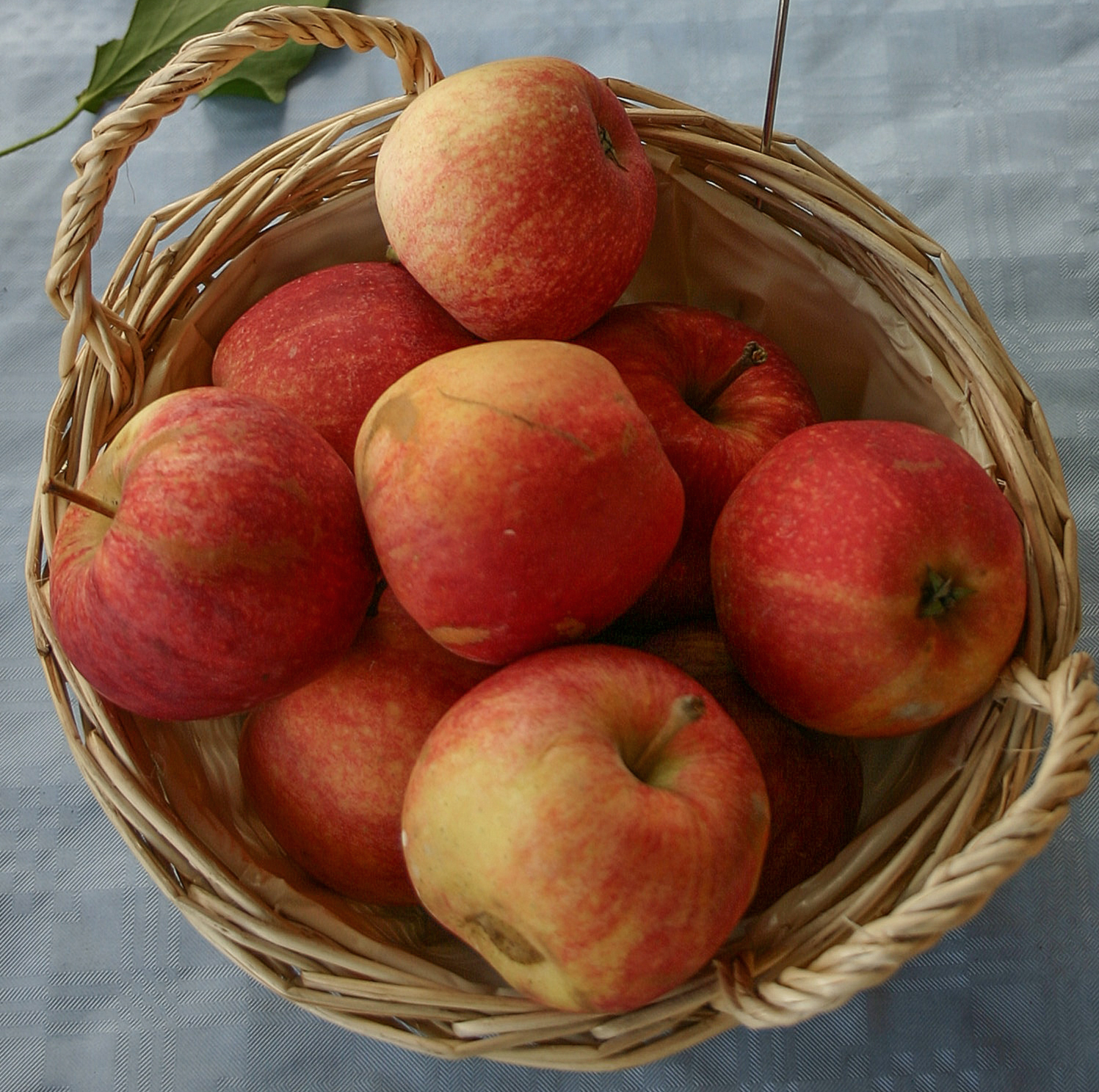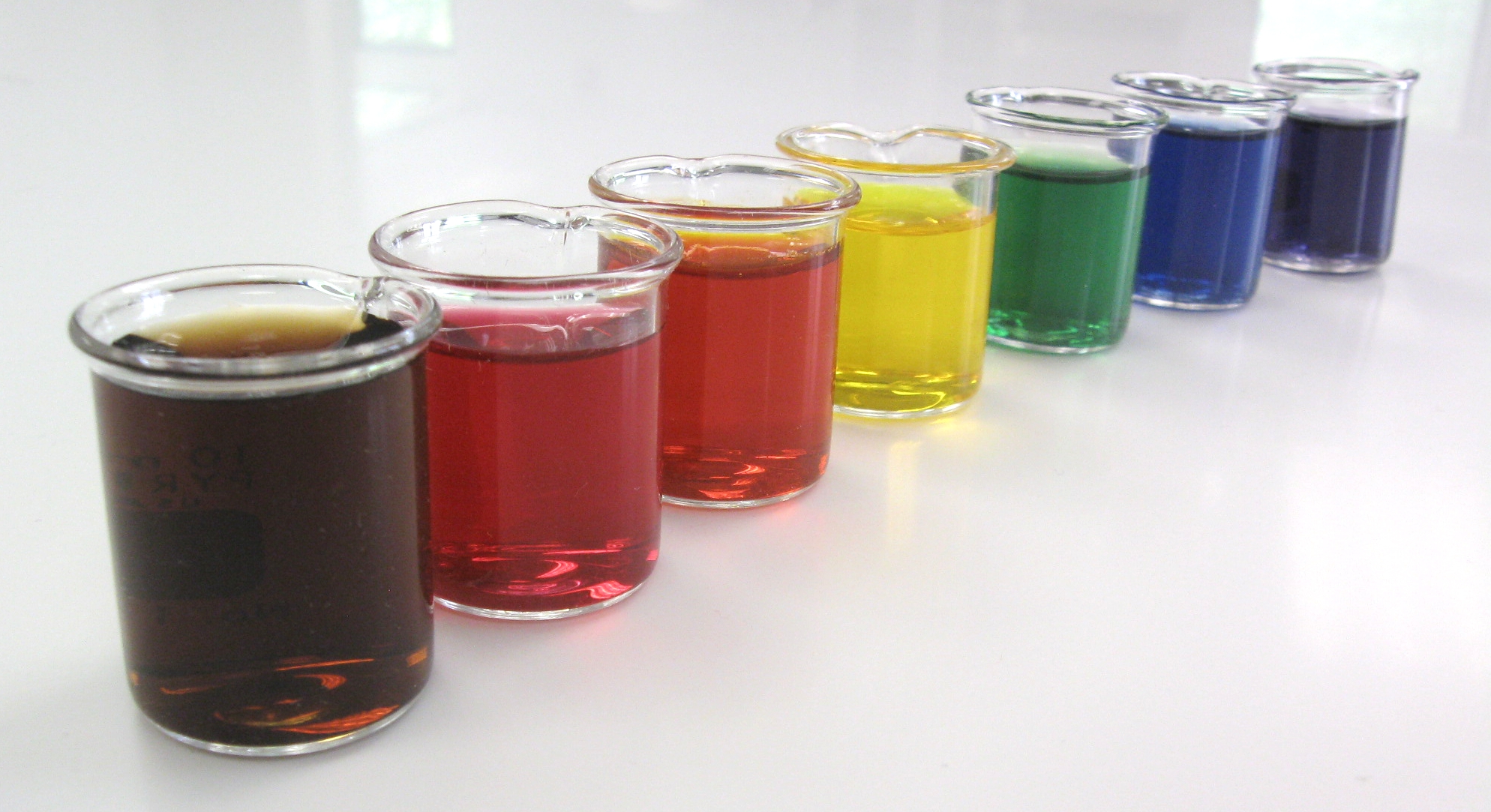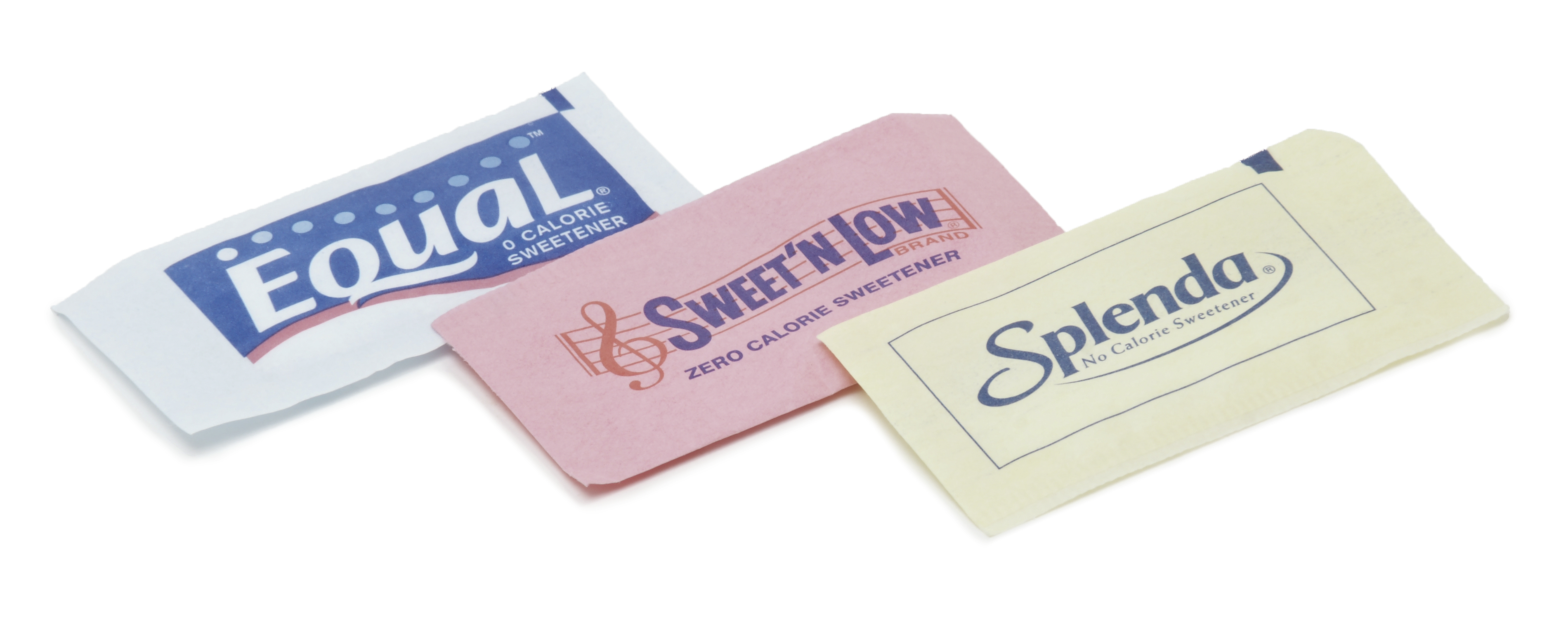|
Colour Retention Agent
Colour retention agents are food additives that are added to food to prevent the colour from changing. Many of them work by absorbing or binding to oxygen before it can damage food (antioxidants). For example, ascorbic acid (vitamin C) is often added to brightly coloured fruits such as peaches during canning. List of colour retention agent Notes See also * Artificial sweetener * Acidity regulator * Codex Alimentarius * E number * Food coloring, Food colouring * Food safety * List of antioxidants in food * List of food additives * List of food additives, Codex Alimentarius * List of fruits * List of vegetables Food additives {{chem-stub ... [...More Info...] [...Related Items...] OR: [Wikipedia] [Google] [Baidu] |
Food Additives
Food additives are substances added to food to preserve flavor or enhance taste, appearance, or other sensory qualities. Some additives have been used for centuries as part of an effort to preserve food, for example vinegar (pickling), salt ( salting), smoke (smoking), sugar (crystallization), etc. This allows for longer-lasting foods such as bacon, sweets or wines. With the advent of processed foods in the second half of the twentieth century, many additives have been introduced, of both natural and artificial origin. Food additives also include substances that may be introduced to food indirectly (called "indirect additives") in the manufacturing process, through packaging, or during storage or transport. Numbering To regulate these additives and inform consumers, each additive is assigned a unique number called an "E number", which is used in Europe for all approved additives. This numbering scheme has now been adopted and extended by the ''Codex Alimentarius'' Commiss ... [...More Info...] [...Related Items...] OR: [Wikipedia] [Google] [Baidu] |
Acidity Regulator
Acidity regulators, or pH control agents, are food additives used to change or maintain pH (acidity or basicity). They can be organic or mineral acids, bases, neutralizing agents, or buffering agents. Typical agents include the following acids and their sodium salts: sorbic acid, acetic acid, benzoic acid, and propionic acid.Erich Lück and Gert-Wolfhard von Rymon Lipinski "Foods, 3. Food Additives" in ''Ullmann's Encyclopedia of Industrial Chemistry'', 2002, Wiley-VCH, Weinheim. Acidity regulators are indicated by their E number, such as E260 (acetic acid Acetic acid , systematically named ethanoic acid , is an acidic, colourless liquid and organic compound with the chemical formula (also written as , , or ). Vinegar is at least 4% acetic acid by volume, making acetic acid the main componen ...), or simply listed as "food acid". Acidity regulators differ from acidulants, which are often acidic but are added to confer sour flavors. They are not intended to sta ... [...More Info...] [...Related Items...] OR: [Wikipedia] [Google] [Baidu] |
List Of Fruits
This list contains the names of fruits that are considered edible either raw or in some cuisines. The word "fruit" is used in several different ways. The definition of fruit for this list is a culinary fruit, that is, "Any sweet, edible part of a plant that resembles fruit, even if it does not develop from a floral ovary; also used in a technically imprecise sense for some sweet or semi-sweet vegetables, some of which may resemble a true fruit or are used in cookery as if they were a fruit, for example rhubarb." Many edible plant parts that are ''true fruits'' botanically speaking, are not considered culinary fruits. They are classified as vegetables in the culinary sense (for example: the tomato, zucchini, and so on), and hence they do not appear in this list. Similarly, some botanical fruits are classified as nuts (e.g. brazil nut), and do not appear here either. Even so, this list is otherwise organized botanically. Pomes Pomes include any crunchy accessory fruit that su ... [...More Info...] [...Related Items...] OR: [Wikipedia] [Google] [Baidu] |
List Of Food Additives, Codex Alimentarius
The International Numbering System for Food Additives (INS) is a European-based naming system for food additives, aimed at providing a short designation of what may be a lengthy actual name."Class Names and the International Numbering System for Food Additives"CAC/GL 36-1989 Adopted in 1989, Revision 2008. Last amendment 2011. Published by Codex Alimentarius It is defined by Codex Alimentarius, the international food standards organisation of the World Health Organization (WHO) and Food and Agriculture Organization (FAO) of the United Nations (UN). The information is published in the document ''Class Names and the International Numbering System for Food Additives'', first published in 1989, with revisions in 2008 and 2011. The INS is an open list, "subject to the inclusion of additional additives or removal of existing ones on an ongoing basis". Numbering system INS numbers consist of three or four digits, optionally followed by an alphabetical suffix to further characterize indiv ... [...More Info...] [...Related Items...] OR: [Wikipedia] [Google] [Baidu] |
List Of Food Additives
Food additives are substances added to food to preserve flavor or enhance its taste, appearance, or other qualities. Purposes Additives are used for many purposes but the main uses are: ;Acids : Food acids are added to make flavors "sharper", and also act as preservatives and antioxidants. Common food acids include vinegar, citric acid, tartaric acid, malic acid, folic acid, fumaric acid, and lactic acid. ;Acidity regulators : Acidity regulators are used to change or otherwise control the acidity and alkalinity of foods. ;Anticaking agents : Anticaking agents keep powders such as milk powder from caking or sticking. ;Antifoaming agents : Antifoaming agents reduce or prevent foaming in foods. ;Antioxidants : Antioxidants such as vitamin C act as preservatives by inhibiting the effects of oxygen on food, and can be beneficial to health. ;Bulking agents : Bulking agents such as starch are additives that increase the bulk of a food without affecting its nutritional value. ;Food colo ... [...More Info...] [...Related Items...] OR: [Wikipedia] [Google] [Baidu] |
List Of Antioxidants In Food
This is a list of antioxidants naturally occurring in food. Vitamin C and vitamin E – which are ubiquitous among raw plant foods – are confirmed as dietary antioxidants, whereas vitamin A becomes an antioxidant following metabolism of provitamin A beta-carotene and cryptoxanthin. Most food compounds listed as antioxidants – such as polyphenols common in colorful, edible plants – have antioxidant activity only in vitro, as their fate in vivo is to be rapidly metabolized and excretion, excreted, and the in vivo properties of their metabolites remain poorly understood. For antioxidants added to food to preserve them, see butylated hydroxyanisole and butylated hydroxytoluene. Regulatory guidance In the following discussion, the term "antioxidant" refers mainly to non-nutrient compounds in foods, such as polyphenols, which have ''antioxidant capacity'' in vitro and so provide an artificial index of antioxidant strength – the ORAC measurement. Other than for diet ... [...More Info...] [...Related Items...] OR: [Wikipedia] [Google] [Baidu] |
Food Safety
Food safety (or food hygiene) is used as a scientific method/discipline describing handling, food processing, preparation, and food storage, storage of food in ways that prevent foodborne illness, food-borne illness. The occurrence of two or more cases of a similar illness resulting from the ingestion of a common food is known as a food-borne disease outbreak. This includes a number of routines that should be followed to avoid potential health, health hazards. In this way, food safety often overlaps with food defense to prevent harm to consumers. The tracks within this line of thought are safety between industry and the market and then between the market and the consumer. In considering industry to market practices, food safety considerations include the origins of food including the practices relating to Food labelling regulations, food labeling, food hygiene, food additives and pesticide residues, as well as policies on biotechnology and food and guidelines for the management ... [...More Info...] [...Related Items...] OR: [Wikipedia] [Google] [Baidu] |
Food Coloring
Food coloring, or color additive, is any dye, pigment, or substance that imparts color when it is added to food or drink. They come in many forms consisting of liquids, powders, gels, and pastes. Food coloring is used in both commercial food production and domestic cooking. Food colorants are also used in a variety of non-food applications, including cosmetics, pharmaceuticals, home craft projects, and medical devices. Purpose of food coloring People associate certain colors with certain flavors, and the color of food can influence the perceived flavor in anything from candy to wine. Sometimes, the aim is to simulate a color that is perceived by the consumer as natural, such as adding red coloring to glacé cherries (which would otherwise be beige), but sometimes it is for effect, like the green ketchup that Heinz launched in 2000. Color additives are used in foods for many reasons including: * To make food more attractive, appealing, appetizing, and informative * Offse ... [...More Info...] [...Related Items...] OR: [Wikipedia] [Google] [Baidu] |
E Number
E numbers ("E" stands for "Europe") are codes for substances used as food additives, including those found naturally in many foods such as vitamin C, for use within the European Union (EU) and European Free Trade Association (EFTA). Commonly found on food labels, their safety assessment and approval are the responsibility of the European Food Safety Authority (EFSA). The fact that an additive has an E number implies that its use was at one time permitted in products for sale in the European Single Market; some of these additives are no longer allowed today. Having a single unified list for food additives was first agreed upon in 1962 with food colouring. In 1964, the directives for preservatives were added, in 1970 antioxidants were added, in 1974 emulsifiers, stabilisers, thickeners and gelling agents were added as well. Numbering schemes The numbering scheme follows that of the International Numbering System for Food Additives, International Numbering System (INS) as determ ... [...More Info...] [...Related Items...] OR: [Wikipedia] [Google] [Baidu] |
Codex Alimentarius
The Codex Alimentarius () is a collection of internationally recognized standards, codes of practice, guidelines, and other recommendations published by the Food and Agriculture Organization of the United Nations relating to food, food production, food labeling, and food safety. History and governance Its name is derived from the Codex Alimentarius Austriacus. Its texts are developed and maintained by the Codex Alimentarius Commission (CAC), a body established in early November 1961 by the Food and Agriculture Organization of the United Nations (FAO), was joined by the World Health Organization (WHO) in June 1962, and held its first session in Rome in October 1963. The Commission's main goals are to protect the health of consumers, to facilitate international trade, and ensure fair practices in the international food trade.Understanding Codex', World Health Organization and the Food and Agriculture Organization of the United Nations (5th ed. Sept. 2018). The CAC is an inter ... [...More Info...] [...Related Items...] OR: [Wikipedia] [Google] [Baidu] |
Artificial Sweetener
A sugar substitute is a food additive that provides a sweetness like that of sugar while containing significantly less food energy than sugar-based sweeteners, making it a zero-calorie () or low-calorie sweetener. Artificial sweeteners may be derived through manufacturing of plant extracts or processed by chemical synthesis. Sugar substitute products are commercially available in various forms, such as small pills, powders, and packets. In North America, common sugar substitutes include aspartame, monk fruit extract, saccharin, sucralose, and stevia; cyclamate is also used outside the United States. These sweeteners are a fundamental ingredient in diet drinks to sweeten them without adding calories. Additionally, sugar alcohols such as erythritol, xylitol, and sorbitol are derived from sugars. Approved artificial sweeteners do not cause cancer. Reviews and dietetic professionals have concluded that moderate use of non-nutritive sweeteners as a safe replacement fo ... [...More Info...] [...Related Items...] OR: [Wikipedia] [Google] [Baidu] |
Antioxidants
Antioxidants are compounds that inhibit oxidation, a chemical reaction that can produce free radicals. This can lead to polymerization and other chain reactions. They are frequently added to industrial products, such as fuels and lubricants, to prevent oxidation, and to foods to prevent spoilage, in particular the rancidification of oils and fats. In cells, antioxidants such as glutathione, mycothiol or bacillithiol, and enzyme systems like superoxide dismutase, can prevent damage from oxidative stress. The only dietary antioxidants are vitamins A, C, and E, but the term ''antioxidant'' has also been applied to numerous other dietary compounds that only have antioxidant properties in vitro, with little evidence for antioxidant properties in vivo. Dietary supplements marketed as antioxidants have not been shown to maintain health or prevent disease in humans. History As part of their adaptation from marine life, terrestrial plants began producing non-marine anti ... [...More Info...] [...Related Items...] OR: [Wikipedia] [Google] [Baidu] |


.jpg)


